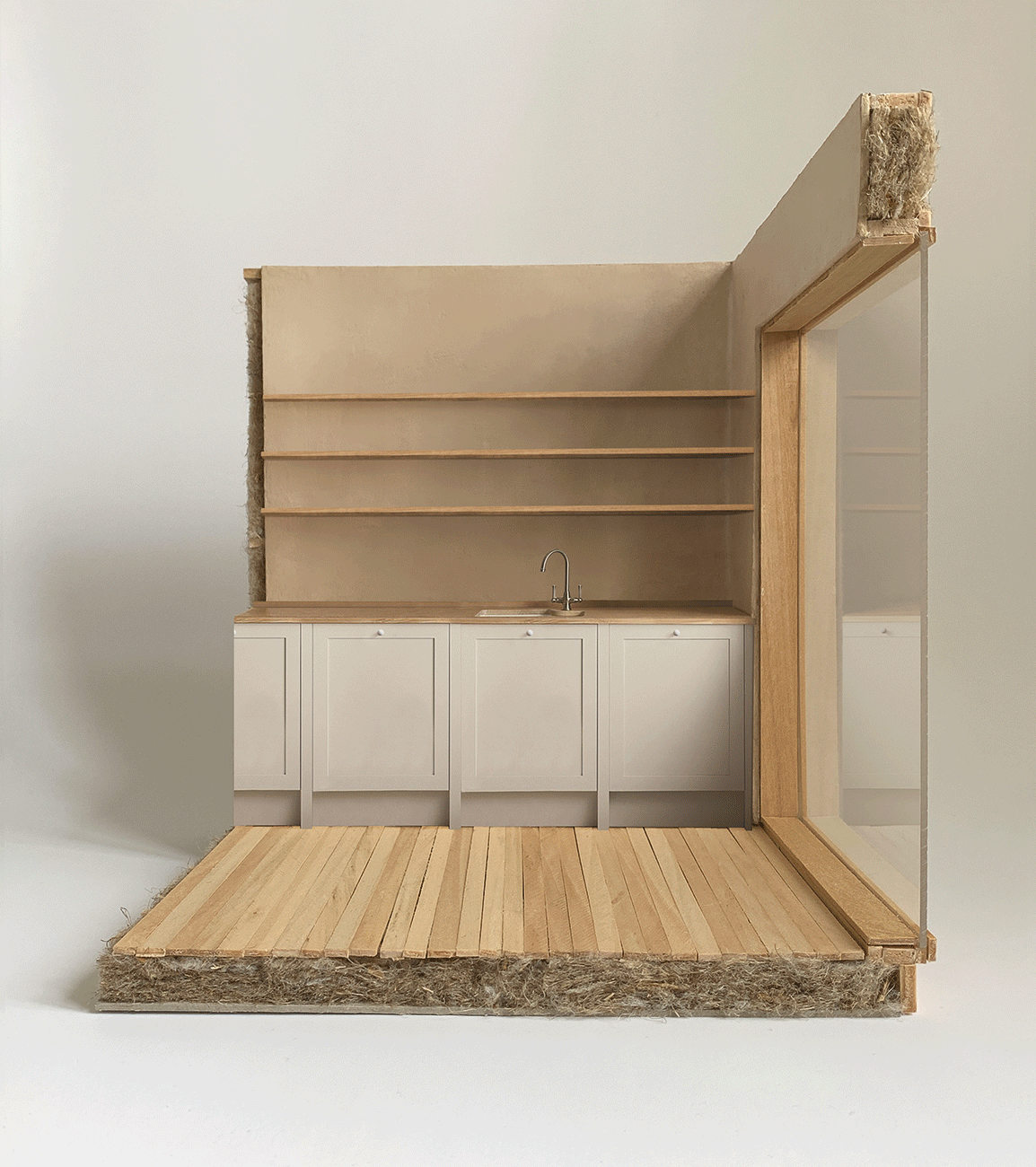Maintainability
– with time as a design tool

It’s easy to forget that no building will ever be static, due to the constant affects of time. The black and white photograph fascinated the early modern movement with its possibility to capture the ideal state of architecture; with its high contrast between light, dark and shade. A still life, perfectly arranged and frozen in time. Not so far from the final drawings done by architects. Meanwhile, the white color became associated with pureness. In common speech today, there’s still a general expectation when someone moves into a new place, that it should be just like a blank canvas before the first brush stroke, white and clean.
Estate agents often positively refer to weathered residents as ’renovation objects’. A renovation object seems to either be damaged and with outdated standards or a ’rough diamond’ waiting for someone to rescue it. I find both cases as problematic in terms of sustainability, because the overall idea is about replacements. New constructions, renovations and demolitions put together accounts for more then a third of all waste generated in the EU. A shift of mindset is urgent when it comes to the estimated lifespan of materials and building elements. ’Maintenance free’ materials like plastic, aluminum and concrete has to be replaced when damaged and are rarely repaired, reused or recycled. Despite this, it’s still very unusual to build without these materials.
The aim of this thesis is to discuss how the knowledge embedded in historical craft and traditional maintenance techniques can be a guide for sustainable design solutions. It also aims to investigate the non-static movement of time, its affects on material and space and how it can become more interacted in architectural representations. Because various shapes of the plant flax, like linseed oil and linen, plays an important part in several traditional maintenance techniques, flax is used as an active design tool throughout the project. The design proposal of the thesis is a small summer house, which primarily serves as a conversation piece and represents a selection of situations and materials, affected by the movement of time and connected through the ability to be maintained.